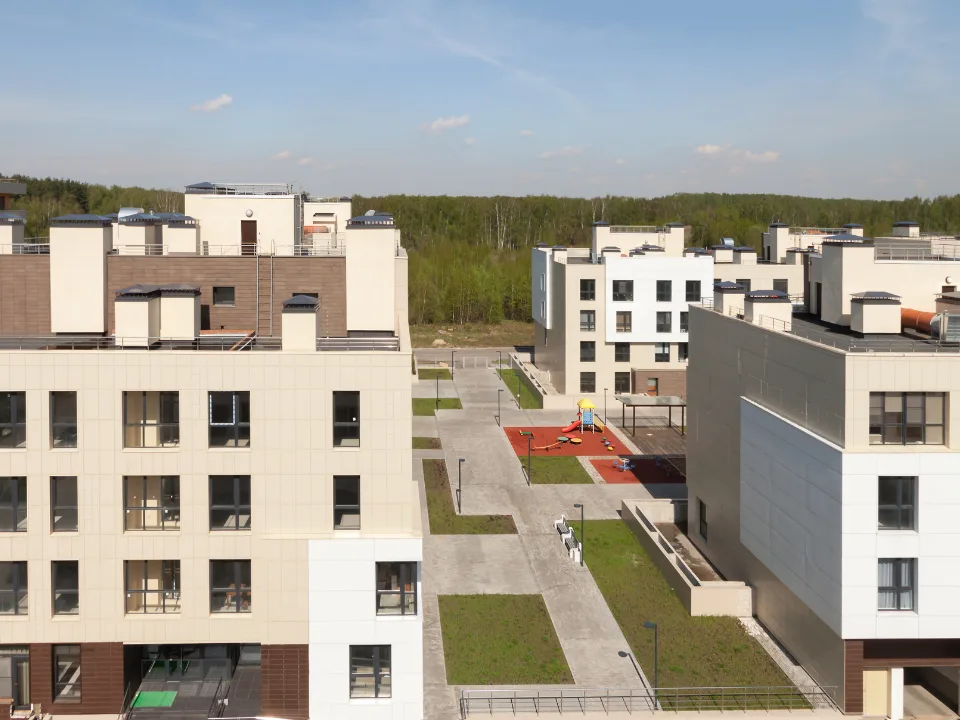- CubeSmart outpaces rivals in New York with achieved rates 14.8% higher than Public Storage and 31.4% higher than Extra Space, driven by a premium pricing model.
- Public Storage dominates Los Angeles, leading in achieved rates, occupancy, and expense efficiency, supported by local scale and long-term property ownership.
- REIT performance varies widely by market, emphasizing the importance of localized strategies and operational scale in driving NOI and valuation.
A new report analyzes operating metrics of the top three publicly traded self-storage REITs—CubeSmart, Public Storage, and Extra Space—across major US markets, reports TractIQ. The analysis shows stark differences in strategy and performance, especially in New York and Los Angeles.
New York: CubeSmart’s Premium Bet Pays Off
In the New York MSA, CubeSmart is setting the pace among self-storage REITs, achieving rates 14.8% above Public Storage and 31.4% above Extra Space. This is despite owning the fewest facilities among the three, suggesting scale isn’t everything. CubeSmart maintains higher advertised rates than achieved rates, aiming for higher-paying, longer-staying tenants, even at the cost of slightly lower occupancy (90.0%).
The results speak volumes: from Q4 2020 to Q1 2025, CubeSmart increased achieved rates by 26.1%, outpacing Public Storage (25.8%) and Extra Space (14.2%). Its average expense ratio also came in lowest at 25.28%, driving superior net operating income (NOI).
Get Smarter about what matters in CRE
Stay ahead of trends in commercial real estate with CRE Daily – the free newsletter delivering everything you need to start your day in just 5-minutes
Los Angeles: Public Storage’s Scale And Strategy Win
In contrast, Public Storage is the clear leader in the Los Angeles MSA self-storage market. It boasts the highest achieved rates—27.6% above Extra Space and 29.9% above CubeSmart—and leads in occupancy at 94.7%. Its average expense ratio over the past year was just 14.53%, compared to 22.02% for Extra Space and 26.72% for CubeSmart.
Public Storage benefits from its local dominance, operating 217 facilities in the MSA—far more than its competitors. Long-term ownership has likely lowered its property tax burden thanks to Proposition 13, further enhancing its cost efficiency.
Why It Matters
The report shows that self-storage performance depends heavily on market-specific strategies. CubeSmart’s high-price, low-volume approach thrives in New York, while Public Storage’s scale and efficiency give it an edge in Los Angeles. For investors seeking third-party management, choosing a REIT with a proven local track record could significantly impact returns.
What’s Next
REITs continue to adjust their pricing strategies in response to shifting demand. CubeSmart favors premium pricing; Public Storage leverages scale and tax advantages; Extra Space offers competitive rates to boost occupancy. With market conditions evolving, these divergent approaches may see further divergence—or convergence—in the years ahead.
















